The Building Innovation Hub and DCBIA hosted a webinar to discuss how DC’s multifamily housing owners, operators, and service providers are prioritizing tenant health and safety during the COVID-19 pandemic while working to comply with the District’s Building Energy Performance Standards. You can watch the full event recording online.
Recorded December 09, 2020
Guest speakers included:
- Tommy Wells. Director, DC Department of Energy & Environment
- Lisa Mallory. CEO of DCBIA
- Andrea Foss. Sustainability Director, Steven Winters Associate
- Pete Zadoretzky. Former Vice President, Sustainability, Bozzuto
- Matt Praske. Former Director of Energy and Sustainability, WashREIT
Below are major takeaways from that discussion.
1. It starts with data verification
DC’s large building owners and operators have been benchmarking their building performance since 2010, but that data will be even more important with the Building Energy Performance Standards going into effect in 2021. Foss commented, “A lot of owners have been benchmarking for years here in the District but now it suddenly matters a whole lot more. We’ve seen that there still can be inaccuracies and a lot of building owners and managers may not be very familiar with what is normal within their building data, so we always start with making sure there aren’t any major inaccuracies.”
Praske commented that data analysis is as important as data collection, saying his team works to “understand the performance of the building – so that’s making sure we have the necessary data … and access to that data – but it’s a matter of also making sure we have the tools in place to gain insights from that data.”
Ensuring that a building’s energy benchmarking data is accurate is the first—and most critical step—to track performance and be able to identify improvement opportunities.
2. Don’t miss an opportunity by identifying points of intervention
Once the data is validated, owners and operators must understand when it’s possible take action. Praske said they work to, “Identify and not miss out on any significant opportunities in the building’s lifecycle. There are [a few] buckets of opportunities and times when we can make more significant changes.”
Those points of intervention were identified as:
- Immediate opportunities, such as what is possible through preventative maintenance or walkthroughs of the building
- Unit turnover, when it’s possible to make substantial changes within a residential unit
- Major equipment replacement, when it’s possible to look for more efficient, rather than like-for-like replacements
- Refinancing schedules, when access to additional capital is possible
- Asset transaction, evaluating what opportunities exist during the buying and/or selling process
It’s not just the building owner who is tasked with identifying these opportunities. As an operator, Zadoretzky noted that, “We’re really charged with identifying and evaluating those opportunities and … looking for operational and capital expenditure events.”
Foss noted the need to take a longer-term view beyond even the first compliance cycles of BEPS. “As the District moves towards meeting its goals of carbon neutrality by 2050, it’s worth considering the fact that between now and then there are going to be potentially only 1 or 2 opportunities to do major system upgrades or replacements. “These can no longer can be an in-kind replacement or a moderate improvement—this really needs to be used as a strategic opportunity to meet much higher levels of performance. Once you start thinking about those targets of where you need to get to with the systems that you have in place, then you can start layering in how you can make these major decisions line up with the compliance cycles and phase it appropriately—you want to make sure that you’re creating a plan that’s going to stack these improvements and won’t necessitate either undoing or redoing them in future years.”
3. Resident engagement has to be tailored
One of the things multifamily housing operators are grappling with is how to engage residents around these topics. “Even with residents home more and more, we’re still looking at ways to save energy without burdening residents with this sort of issue,” Zadoretzky said. Part of that engagement is open communication about the building operations, especially when building common areas or amenities might be in use 24/7. Zadoretzky continued, it starts by “deactivating those spaces and making that a part of who we are as an operator and part of the commitments of the building for reducing energy loads … it doesn’t mean it’s not working, it just means that we are conscious of energy consumption … [and thinking through] how do we articulate that and make that resonate with our residents both existing and perspective.”
He thinks about how he can take these topics and communicate to the residents of his properties and communicate, “how they can live more sustainably, or efficiently, or save money, or whatever is going to resonate with any given demographic.”
For more resources
- Read the related Hub articles.
- An article summarizing the BEPS rules. Describes what is included in the BEPS and updated benchmarking rules.
- Common errors in DC energy benchmarking. How to identify and avoid common errors in benchmarking to ensure that reporting is accurate and a reliable tool to use to track performance and compliance with BEPS.
- Understanding energy benchmarking. How to review your benchmarking data to understand where there is opportunity to improve performance.
- Health and wellness meet energy performance. Outlines viable building retrofits and operational strategies to promote a healthier occupant experience while demonstrating the potential impact they have on energy consumption.
- Subscribe to the Hub newsletter.

